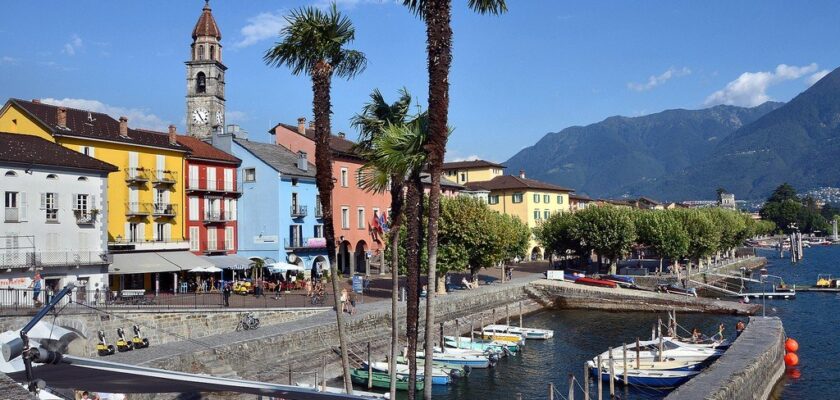Lake Maggiore (Lago Maggiore)
This attraction is related to the countries:ItalySwitzerlandLake Maggiore is the place where history and culture converge. It is the second largest of Europe’s pre-alpine lakes (65 km long). To the west is Piedmont, to the east is Lombardy, and the northern shore belongs to Switzerland. Before the unification of Italy, Piedmont and Lombardy were separate states that guarded their lands. Ornavasso still has a medieval lookout tower that offers wonderful views of the Ossolo valley and the peaks of the mountains, as well as the octagonal building of the Baroque church of Madonna della Guardia, built between 1674 and 1772.
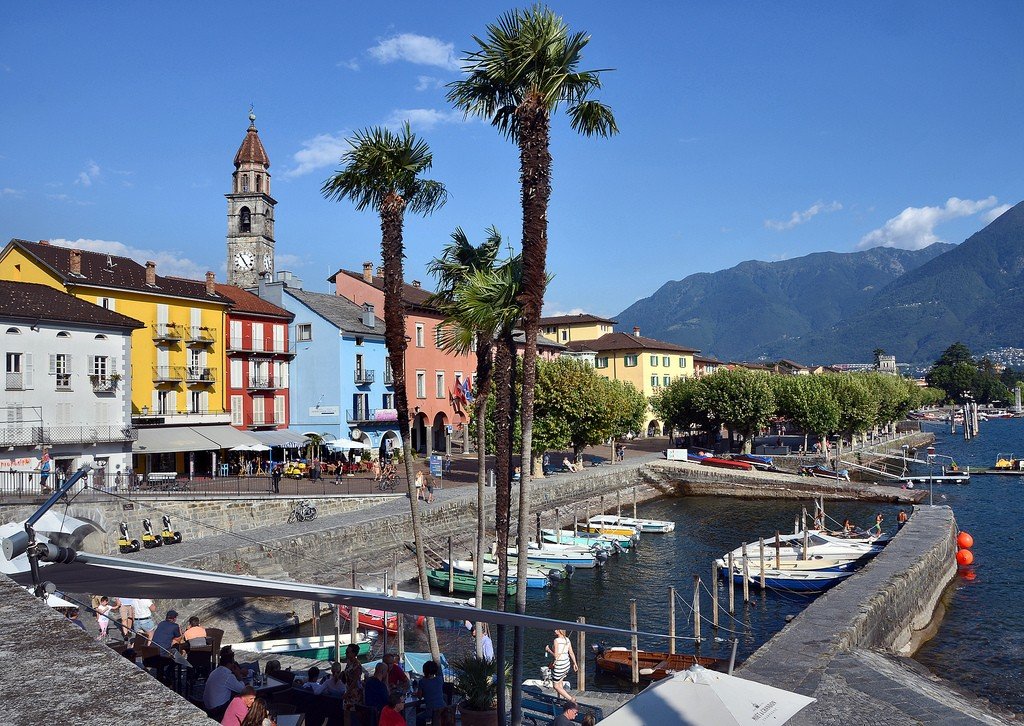
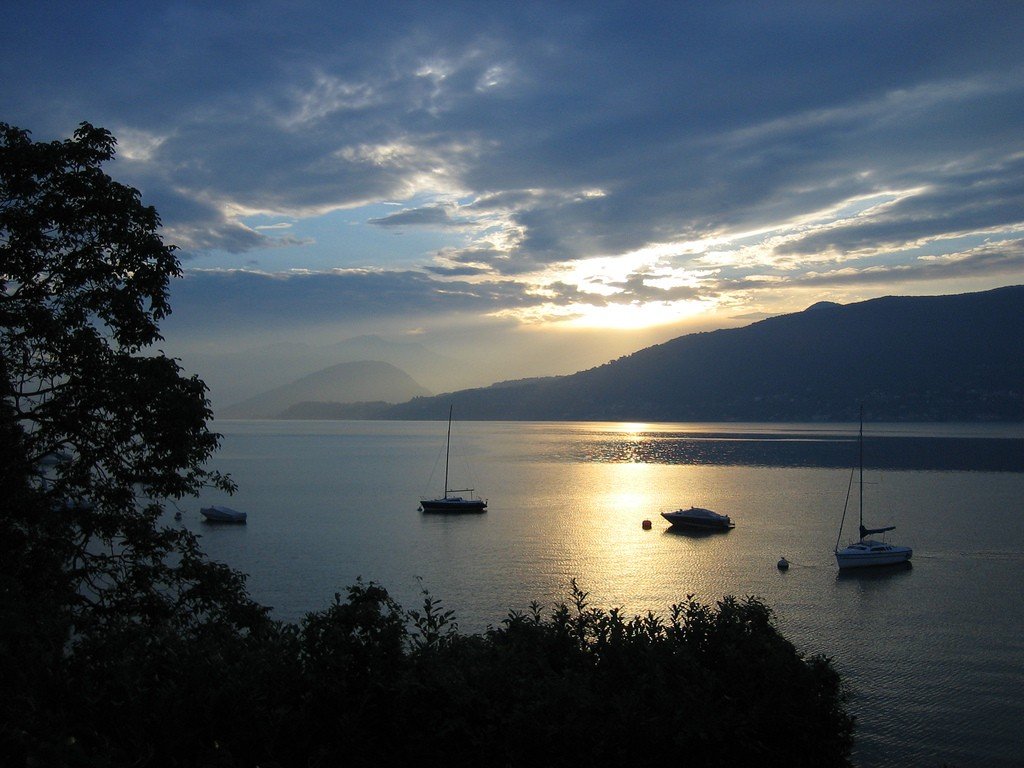
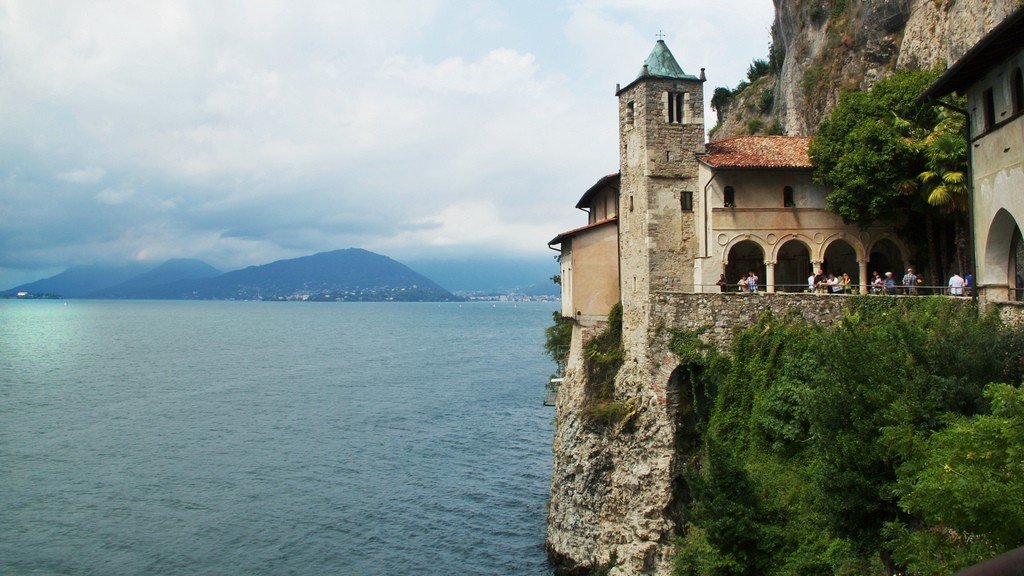
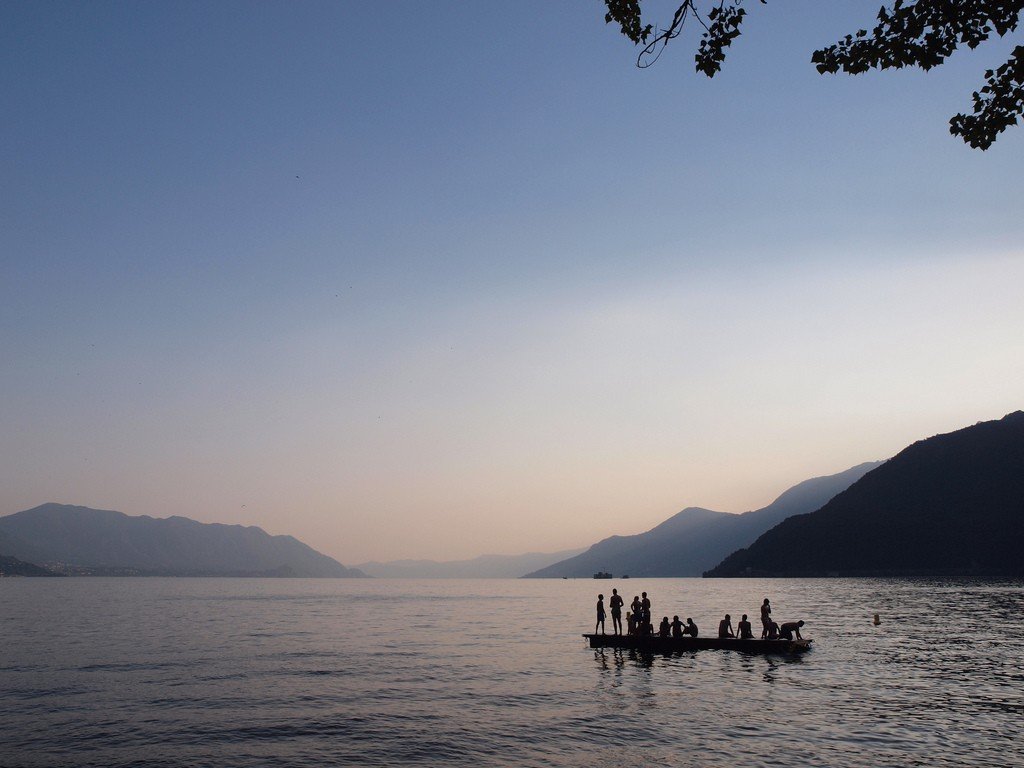
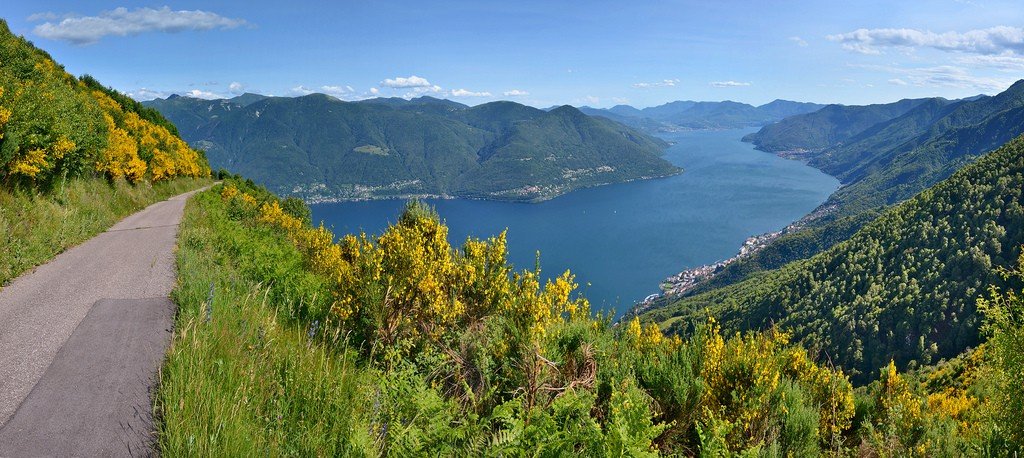
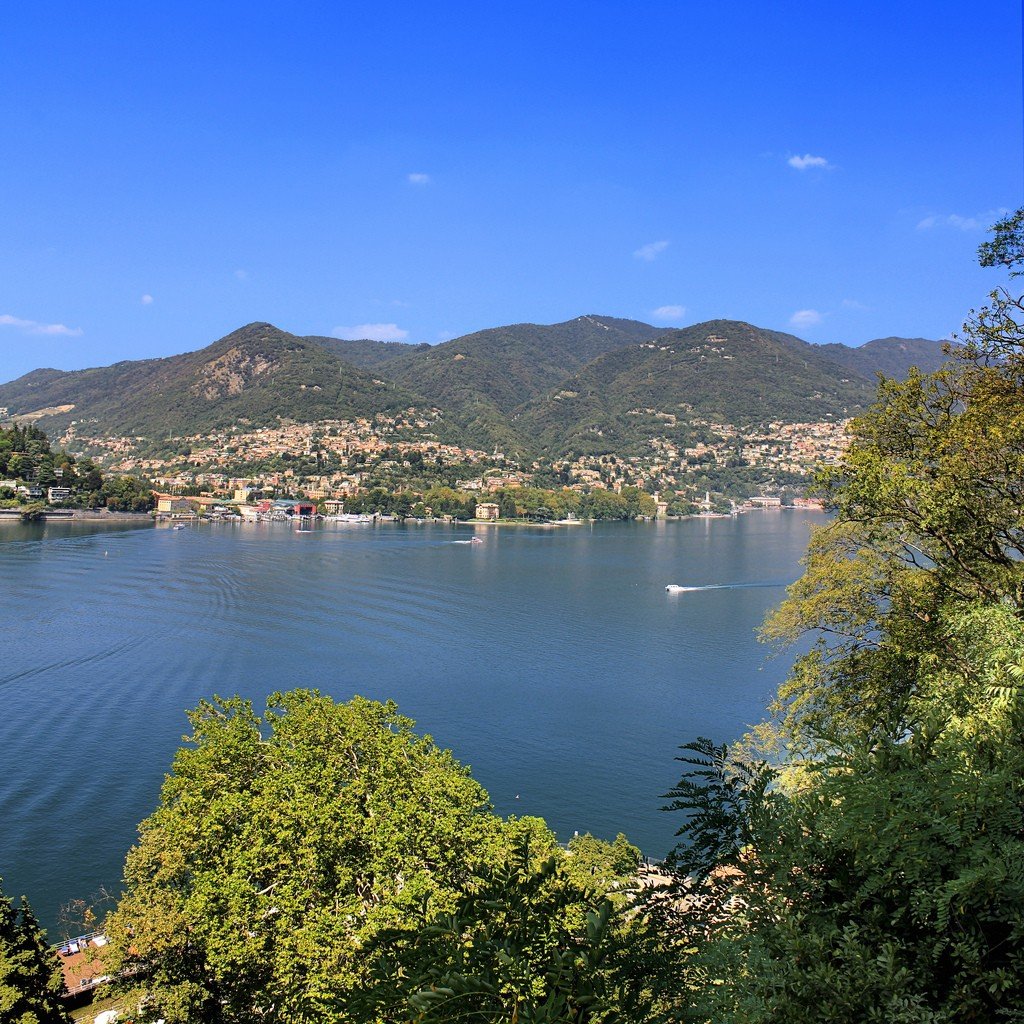
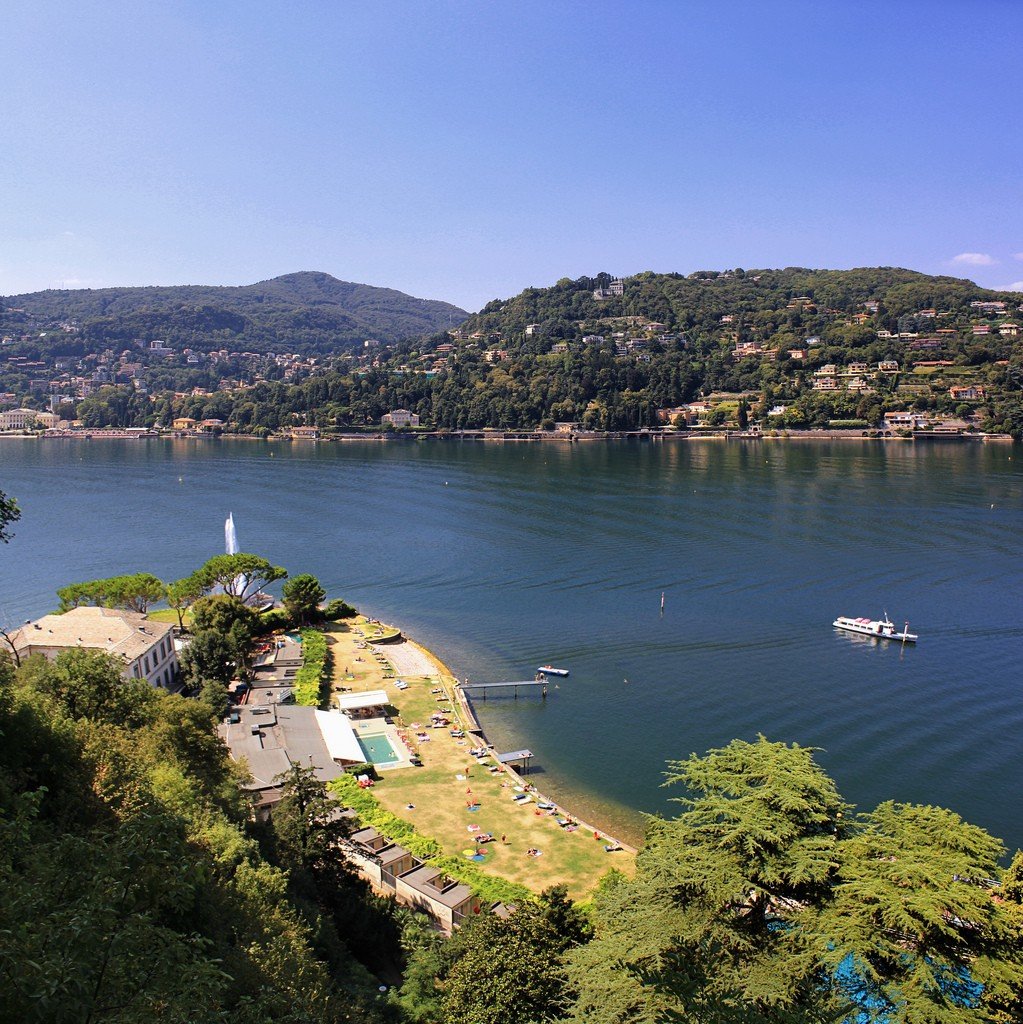
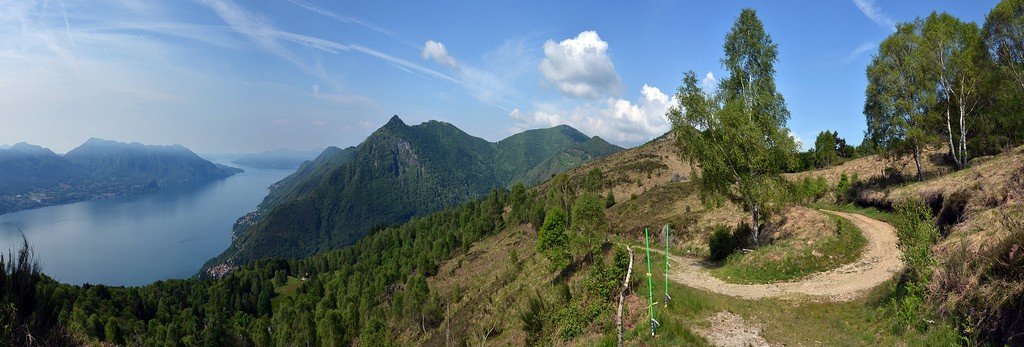
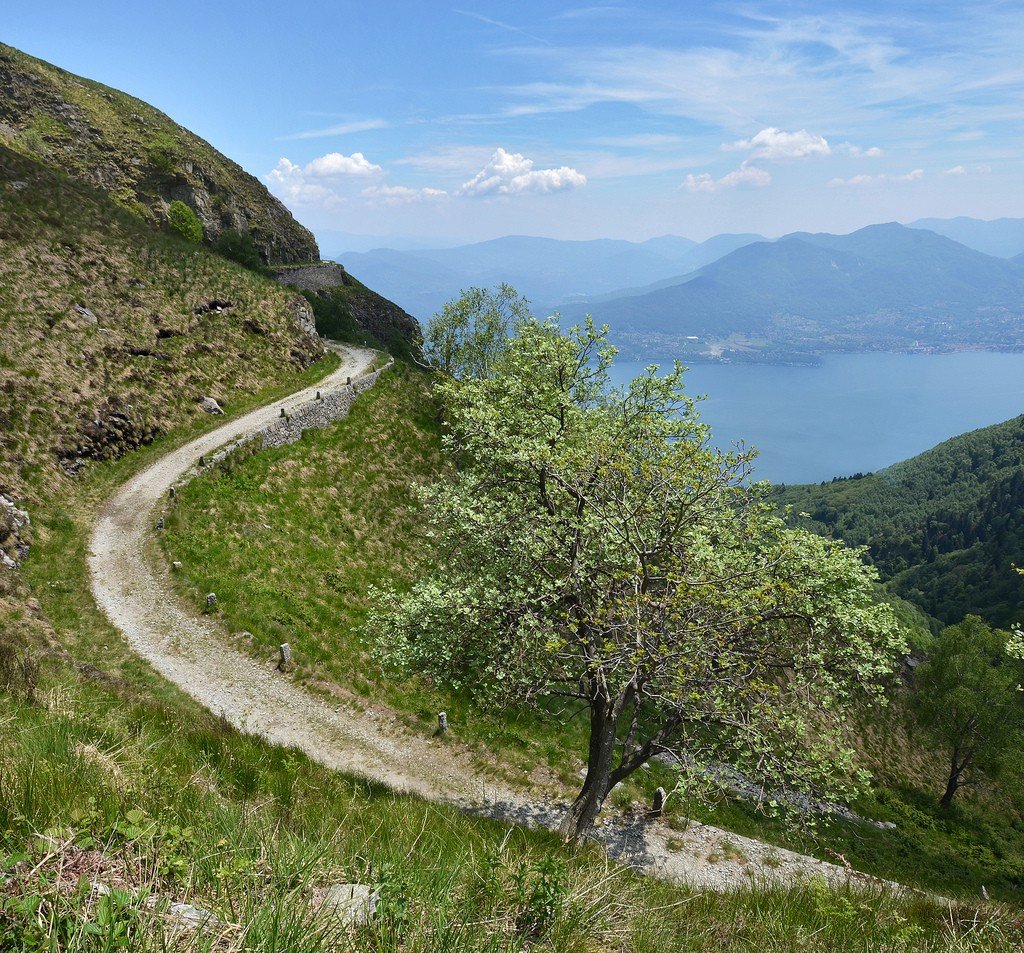
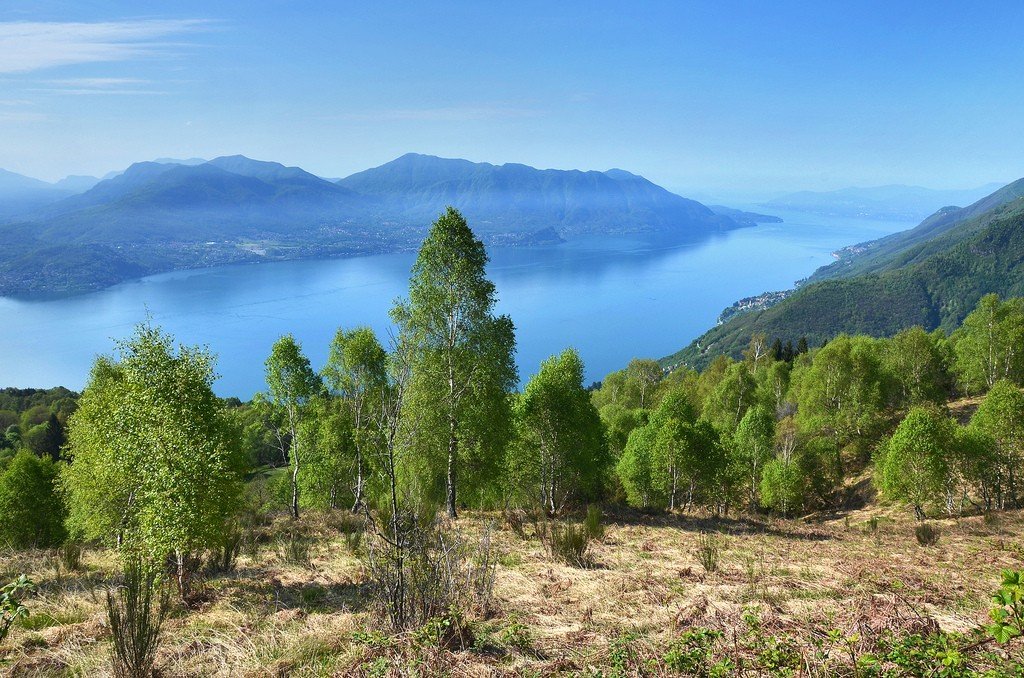
General information
It has a mild Mediterranean climate – winter and summer are equally pleasant. There are exotic plants, such as orchids, which can be admired on the islands of Borromeo, Isola Madre and Isola Bella. The Borromeo Islands are visible almost everywhere from the shore and can be accessed by ferries or water cabs traveling in different directions around the lake. In spring, visit Locarno, Switzerland, to see the magnificent camellias, mimosa and forsythia.
.
Lejuno was home to the Dominican monastery of Santa Caterina del Sasso, which began construction in the 13th century. Nearby stands a giant bronze statue of St. Charlemagne by the sculptor Borromeo; it is hollow inside, so that the most tireless tourists can climb up and look around out of the saint’s eyes.
.In Ornavasso you can take the cable car up the 1370m high mountain. The village here is a veritable maze of cobbled streets and squares, as there are so many charming villages in the area!
.Lake Lago Maggiore appeared, like other lakes in Northern Italy, during the Ice Age. The northern shores are surrounded by mostly forested hills, while the flat southern shores transition into the Lombardy plain. The most pleasant landscapes and climate can be found on the western shore of the lake. There the famous tourist spots and resorts are concentrated, and there the most luxurious villas and gardens climb the hills. The eastern shore, sometimes sympathetically referred to as the “poor shore”, is less popular with tourists, but it also gives the impression of something more pristine.
.Interesting places on Lago Maggiore
Cannobio
The picturesque old town of Cannobbio (5200 inhabitants) is located 5 km behind the Swiss border on the western shore of Lago Maggiore. The pilgrimage church of S. The pilgrimage church of S. Pieta on the seafront was built in 1571 by Pellegrino Tibaldi, the painting in the altar is by Gaudenzio Ferrari. The fortress-like Palazzo della Regione, next to the parish church of S. Vittore, was built in 1291. Behind Cannobbio, the stunning Orrido di Sant’Anna gorge is hidden among the rocks.
.Verbania
Verbania (32,000 inhabitants) is the largest town on the Lago Maggiore, consisting of two parts: the more business-like Intra is dominated by industry and commerce, and is also the port for the car ferries to Laveno. By contrast, the Pallanza neighborhood, located at the foot of Monte Rosso, is a resort area with villas and gardens. They are separated by the Punta della Castagnola spit with the extensive park of Villa Taranto. About 1 km from the old town center stands the church of Madonna di Campagna, built around 1527 by Giovanni Beretta in the style of the Italian architect Donato Bramante.
.
Лаго-ди-Орта
A beautiful short route leads to the lake Lago di Orta (Lago do Orta), overlooked by the mountain Monte Mottarone (1491 m). The main settlement on the lake is Orto S. Giulio (1200 inhabitants) with the magnificent Palazzo dell Comunita. From the promenade along the shore you can see the island of San Giulio, where St. Julius founded a church in the 4th century. A beautiful road among twenty chapels decorated with frescoes and terracotta figures leads up to the Sacro Monte mountain and the Franciscan monastery (1583). The oldest chapels were put up in 1591, the latest in 1788.
Baveno
The therapeutic and tourist resort of Baveno (4,500 inhabitants) at the foot of Monte Camosho mountain became famous also for the pink granite used in construction for centuries. The Romanesque parish church houses two paintings attributed to D. Ferrari. The Renaissance baptistery with an octagonal plan is also interesting.
.Borromeo Islands
The most attractive place in the area are the four magical Borromeo Islands, called “the pearls of Lago Maggiore”. They can be accessed by boat from any surrounding community. The islands of Bella and Madre belong to the Borromeo family, whose ancestors received Lago Maggiore as a lien in the 15th century. Since 1630, the islands have been the only unique artificial landscapes in Europe. The universally admired Isla Bella is a masterpiece of Italian garden art. A luxurious baroque park occupies almost the entire island, and a museum is open in the magnificent palace. Conversely, the ancient fishing island of Pescatori looks rather mundane: today, tourist recreation is especially developed here. The largest of Borromeo – Madre acquired its present appearance in the XVIII and XIX centuries, when it was transformed in the style of the English garden. The Palazzo Borromeo (Palazzo Borromeo, 16th century) displays collections of dolls and ceramics. The smallest of the islands, San Giovanni, is privately owned.
.Stresa
Stresa (5,000 inhabitants), lying at the entrance to the Gulf of Borromeo, was in the 19th century one of the most respectable resorts in Italy. In Stresa gathered a select society: the entire European aristocracy, including the Orlovs and Trubetskys, as well as famous artists, writers, musicians, among them – Stendhal, Dickens, Hemingway, R. Wagner and F. Nietzsche. On the southern edge of the resort in a magnificent botanical garden with adjoining zoo stands Villa Pallavicino (Villa Pallavicino), built in the XIX century.
.Монте-Моттароне
Monte Mottarone (1491 m) offers one of the most beautiful views of the lake and its surroundings. The summit can be reached by car (toll road), by cable car or on foot in about 4 hours. Halfway up is Gignese with the original umbrella museum (Museo dell’obrello e del parasole). At an altitude of 768 meters, in the villa district of Alpino, there is the Giardano Alpino garden, with over two thousand species of alpine flora.
.Arona
Not far from Arona, where the road leads through Belgirate and Lesa, on a hill rises probably the largest statue in Europe. The statue of St. Carlo Borromeo (1538-1584) was erected in honor of the cardinal born here and one of the saints of the Catholic Church who, as Archbishop of Milan, actively fought against the Reformation. The town of Arona (16,000 inhabitants) is home to commercial and industrial enterprises; there is also a city museum (Piazza di Filippi), which exhibits archaeological finds dating back to 1200 BC and testifying to the ancient roots of the settlement. The first of the fortresses above the town on the rock dates back to the 10th century. The church of Santa Maria in the lower part of the town is worth a visit because of the 1511 altarpiece by Gaudenzio Ferrari and the “Ascension of the Virgin Mary” by Marazzone (circa 1617). The church of Santa Maria on Piazza del Popolo is attributed to Pellegrino Tibaldi. The industrial town of Sesto Calende and the smaller Golasecca, inhabited as early as the 12th century B.C. and whose name is given to the early Bronze Age period, the “Golasecca culture”, also have an ancient history.
.Angers
.The small town of Angera (5,500 inhabitants) is on the eastern shore of Lago Maggiore on a peninsula just 2 km from the lying opposite Arona. The first fortress was built here by the Lombards in the 8th century. Its present-day appearance dates back to the 14th century, to the Visconti era. The fortress houses a doll museum (Museo delle Bambole); murals in the beautiful Hall of Justice (Sala della Giustizia) glorify the Visconti family; the Ceremonial Hall (Sala delle Cerimonie) is decorated with 15th-century frescoes from Milan’s Palazzo Borromeo.
.Santa Caterina del Sasso
Via Ispra, the town of Ispra with the head office of the EURATOM nuclear research center, the route leads to Reno. Here you should see the pilgrimage church of Santa Caterina del Sasso, built on the cliffs of a precipitous coastline. It can be reached only on foot from the lake side. In the XIII century a hermit lived here. In his cave was built the chapel of St. Katerina, and in the XIV and XV centuries. – Church and Dominican monastery. Located in a large bay at the mouth of the Treza River Luino (Luino) is the economic center of the eastern coast (15 thousand inhabitants). Although it is considered the birthplace of the Renaissance painter Bernardino Luini (1490-1532), the only work attributed to Luini can be seen here, the Adoration of the Magi in the small church of S. Pietro in Campagna. From here you can make very exciting excursions, for example to Agra, a resort located above the entrance to the beautiful Val Vedasca valley, next to Monte Lema mountain.
.Inquiries
Piazza Marconi 16, 28838 Stresa;Tel: 0 32 33 33 01 50;Fax: 0 32 33 33 25 61;www.lagomaggiore.netwww.distrettolaghi.it
